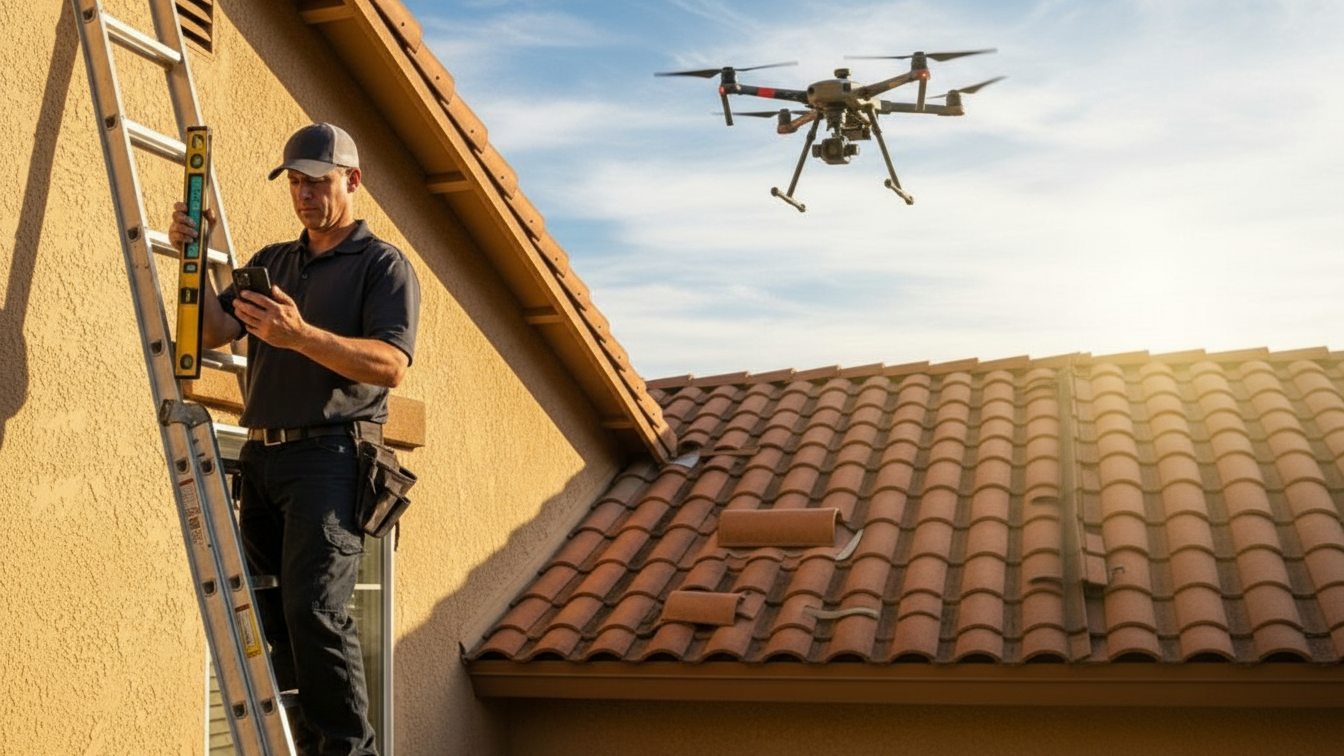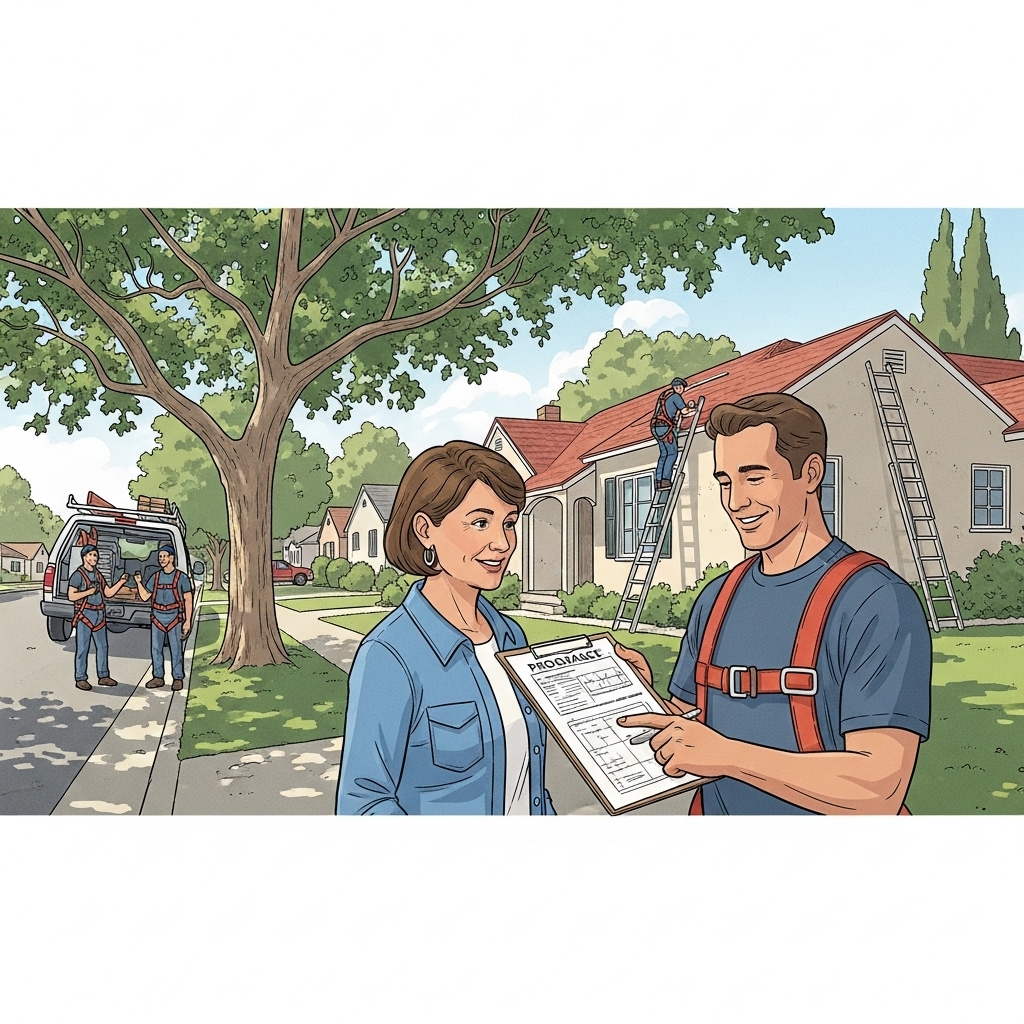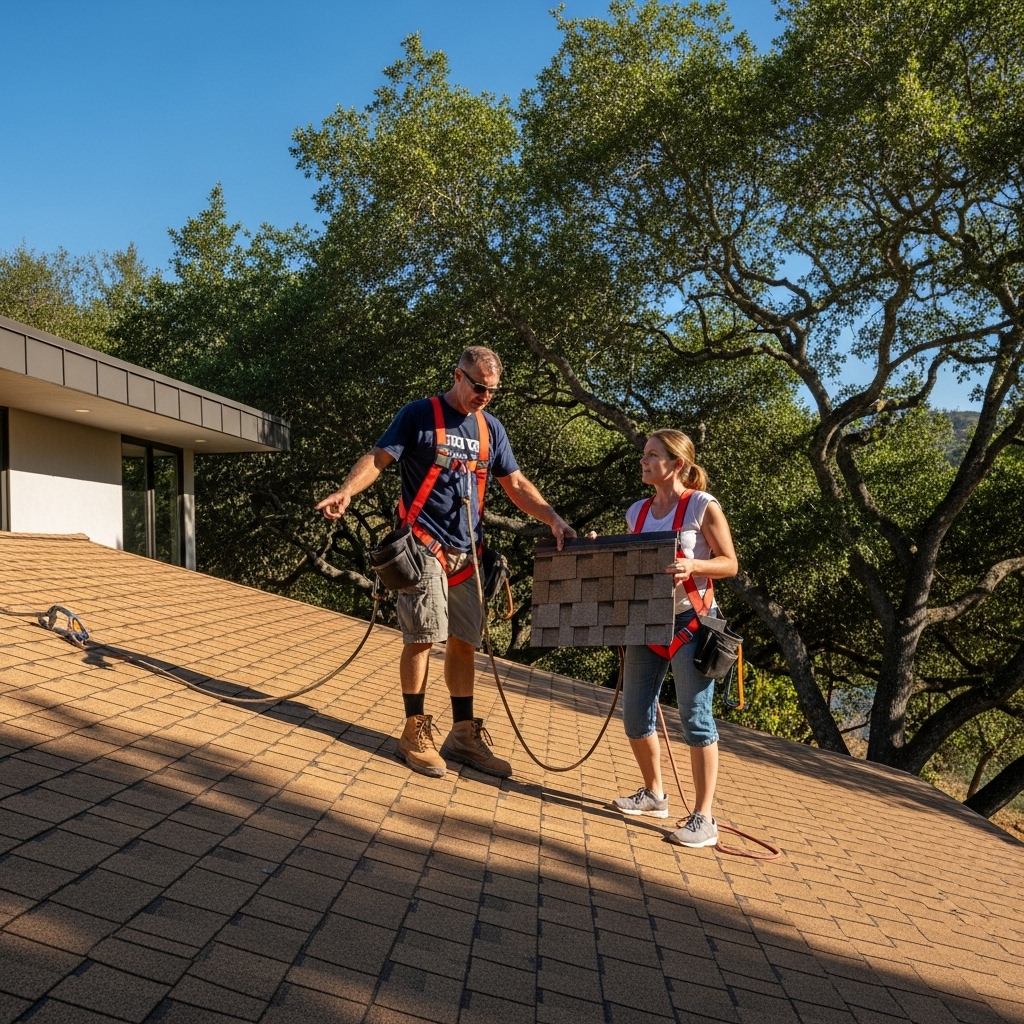Understanding the Impact of Cool Roofing on Utility Bills
Cool roofing systems reflect sunlight and absorb less heat than traditional materials. This reflective property helps keep indoor spaces more stable in temperature, reducing the strain on your HVAC system. As a result, both homeowners and commercial property managers enjoy lower monthly energy bills and a more comfortable environment year-round. A Cool Roof isn’t just a modern trend—it’s a practical, energy-efficient solution that pays off month after month.
Energy Efficiency Through Cool Roofing Materials
Cool Roofing uses specially engineered materials like reflective coatings, single-ply membranes, or ENERGY STAR®-certified shingles. These surfaces minimize thermal gain by reflecting the sun’s rays instead of absorbing them. By maintaining a cooler building envelope, you reduce your reliance on air conditioning systems, leading to significant electricity savings. Over time, this means less wear on your HVAC equipment and lower maintenance costs.
Installation Considerations for Maximum Savings
To fully benefit from Cool Roofing, proper installation is key. Professional roofers ensure that insulation is adequate and that all seams are perfectly sealed to prevent air leakage. The system performs exceptionally well on both flat and sloped roofs, making it ideal for homes, offices, and industrial buildings. With expert installation, you can expect maximum energy efficiency and long-term performance.
Long-Term Cost Benefits of Cool Roofing
Although the initial investment in Cool Roofing may be higher than conventional options, the long-term return is undeniable. Lower cooling bills, less mechanical stress on HVAC units, and potential government or utility rebates all add up to major savings. In addition, the reflective surface reduces heat-related damage, extending your roof’s lifespan and delaying replacement costs. Think of it as an upgrade that keeps giving—financially and environmentally.
Cool Roofing and Environmental Responsibility
Beyond lowering your utility bills, Cool Roofing helps combat the urban heat island effect, which raises city temperatures due to conventional dark roofs. By choosing reflective materials, you contribute to a cleaner environment, reduced carbon emissions, and improved air quality. It’s an easy way to support sustainability goals and align with modern green building standards.
Additional Benefits of Cool Roofing Systems
-
Reduces roof surface temperatures by up to 50°F (10–25°C) on hot days.
-
Enhances indoor comfort without overworking the cooling system.
-
Decreases peak electricity demand, easing strain on power grids.
-
Compatible with solar panel installations for even greater efficiency.
Read More:






